The ‘Kei truck vs Georgia’ situation has been weighing heavily on my mind lately. And I’ve been pondering how to reasonably untangle this issue. Look we live in a free… err… first-world country. And it might be wishful thinking, but at some point, our overlords need to accept that we’ll buy what we want. So looking at various licensing systems from around the globe, I believe a vehicular tier system could be adapted for the US.
Take Japan for instance…
Japan’s driver’s licensing system is intricately structured. It encompasses multiple tiers to ensure that motorists are well-equipped for diverse vehicular operations. The system is divided into three primary licenses: 1) regular, 2) large vehicle, and 3) special vehicle licenses.
The ‘regular license’ is further categorized based on the vehicle’s size & the driver’s experience… distinguishing between light, standard, and large vehicles. This tiered approach doesn’t just standardize the qualification process, but also verifies that each driver has the skills & knowledge to operate their specific vehicle type.
What’s more, the Japanese licensing system demands rigorous theoretical & practical examinations. Not to mention periodic refresher courses, especially for professional drivers. This comprehensive framework underscores Japan’s commitment to road safety, and their dedication to fostering a culture of responsible driving.
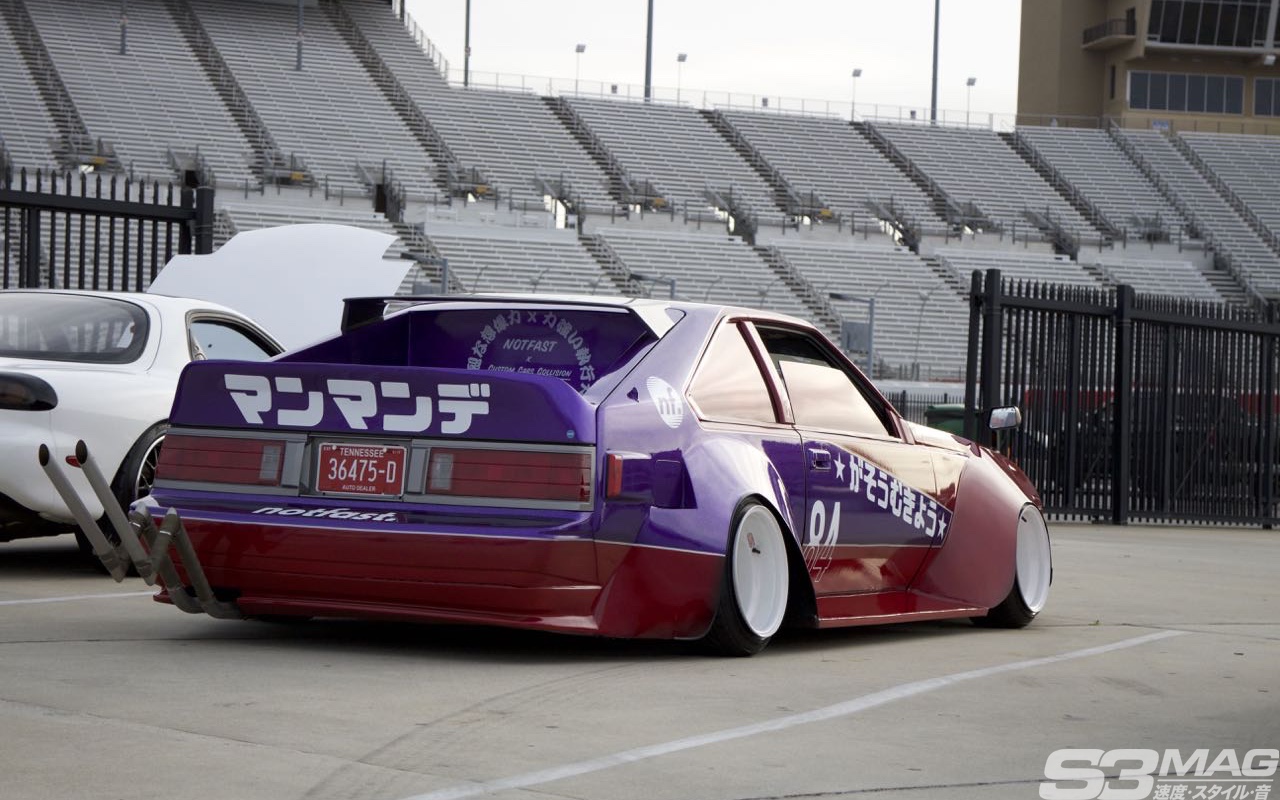
Imagine if America adopted parts of the Japanese driver’s license system…
…And applied it not just to obtaining your license, but also to our vehicles. Imagine a tier system focused on vehicle capabilities, particularly their ability to travel safely at highway speeds while interacting with other vehicles. For instance, if a vehicle cannot safely travel over 55 mph, then it should not be permitted on freeways. Not only does it impede traffic flow. It also increases the potential for accidents. Plus, there’s the issue of larger vehicles creating a wake that can be quite intimidating for a lightweight vehicle that barely manages 55 mph. Believe me – when a big-rig zooms past you in a Kei truck, it’s nothing short of eye-opening. But, before anyone gets too defensive…
In the case of Kei cars & trucks, such vehicles would/could be permitted to travel on surface streets & highways… within their intended element. And that opens up the door for opportunity.

Additionally, consider our culture’s penchant for customizing everything.
Many prospective Kei truck owners will inevitably modify their trucks to boost power. They may also adjust the stance to change the center of gravity… enhancing stability. Owners will find ways to make them more comfortable & performance-capable… without compromising their utilitarian nature. I propose that in this new hypothetical system, if an owner’s Kei truck meets certain standards, their vehicle classification should ascend to a higher tier. Again, this is all hypothetical brainstorming, but it’s rooted in a deeper understanding & acceptance of our automotive culture. And that’s key! One size does not fit all… yet that’s more-or-less how America approaches it.
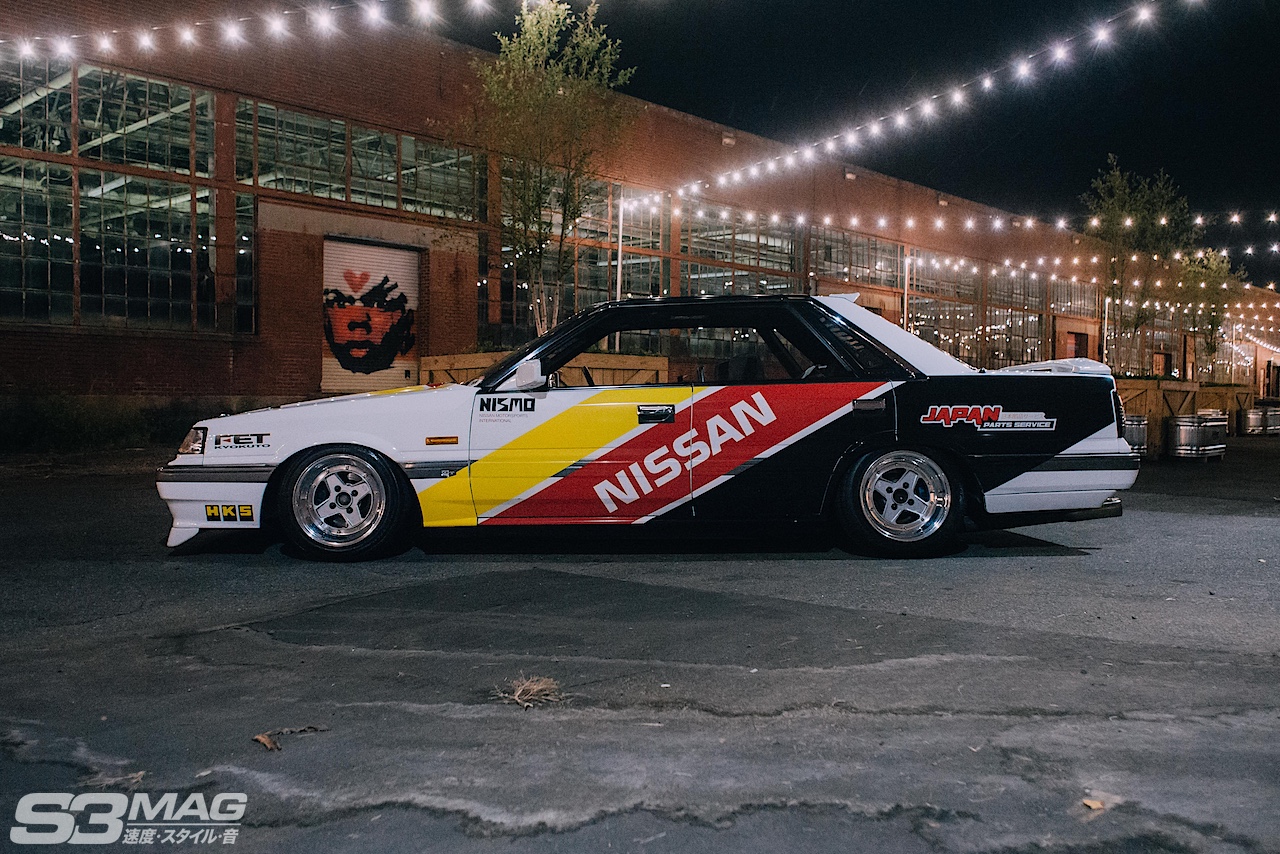
As car enthusiast’s in America, you start to notice too many legislative inconsistencies that simply don’t sit well with anyone wielding a bit of common sense.
S3 has touched on the grey market, imports, and the nonsensical laws surrounding them. We’ve also confronted the overreach of various government agencies enacting laws that impose threats on the automotive community. The very same folks with little-to-no expertise on the matters they’re regulating, are the ones pushing for conformity to an uninspiring, monotonous, over-regulated, suffocating future.
But I dream of a future where the roads are a mosaic of diverse vehicles, each with their own story & style. Not a future of regulated uniformity, but one where we as enthusiasts, consumers, and free individuals… have the liberty to import whatever vehicles we desire. From any corner of the globe. Without the arbitrary wait of 25 years.
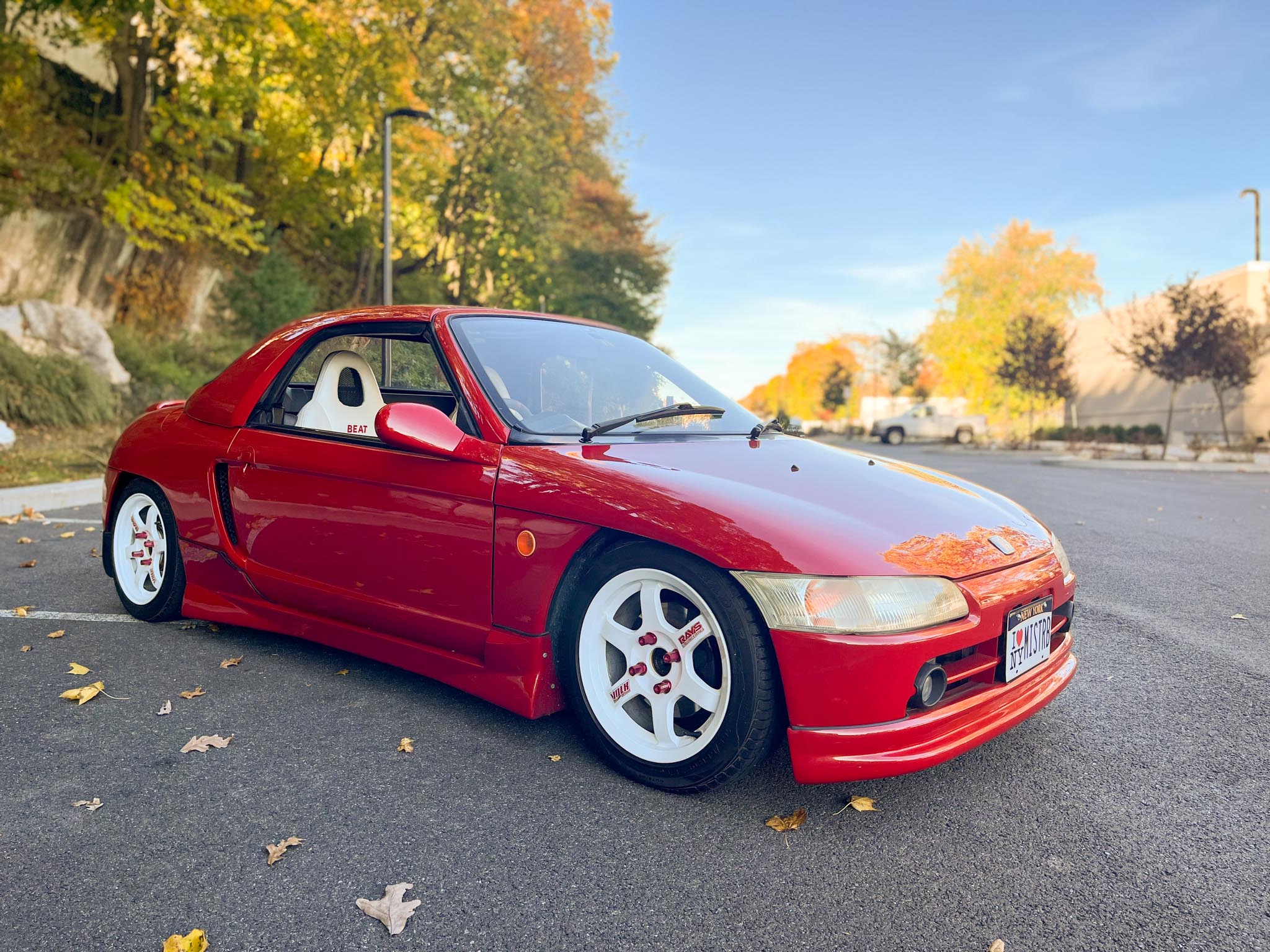
Why should our streets be deprived of the rich tapestry of global automotive culture?
And why should our options be restricted by regulations that don’t match the pace of our innovation and passion? We’re not asking for free-for-all chaos on the road. We’re asking for sensible, adaptable regulations that recognize the value of diversity, the spirit of innovation, and the sheer enjoyment of motoring.
So, while the powers that be may envision a future where ownership is a concept of the past…
I say we keep pursuing a future where choice & freedom is not just protected… but celebrated. A future where the road is not just a necessity, but a canvas of inspiration, a symphony of eclectic engines, and a testament to the unyielding spirit of the automotive enthusiast.
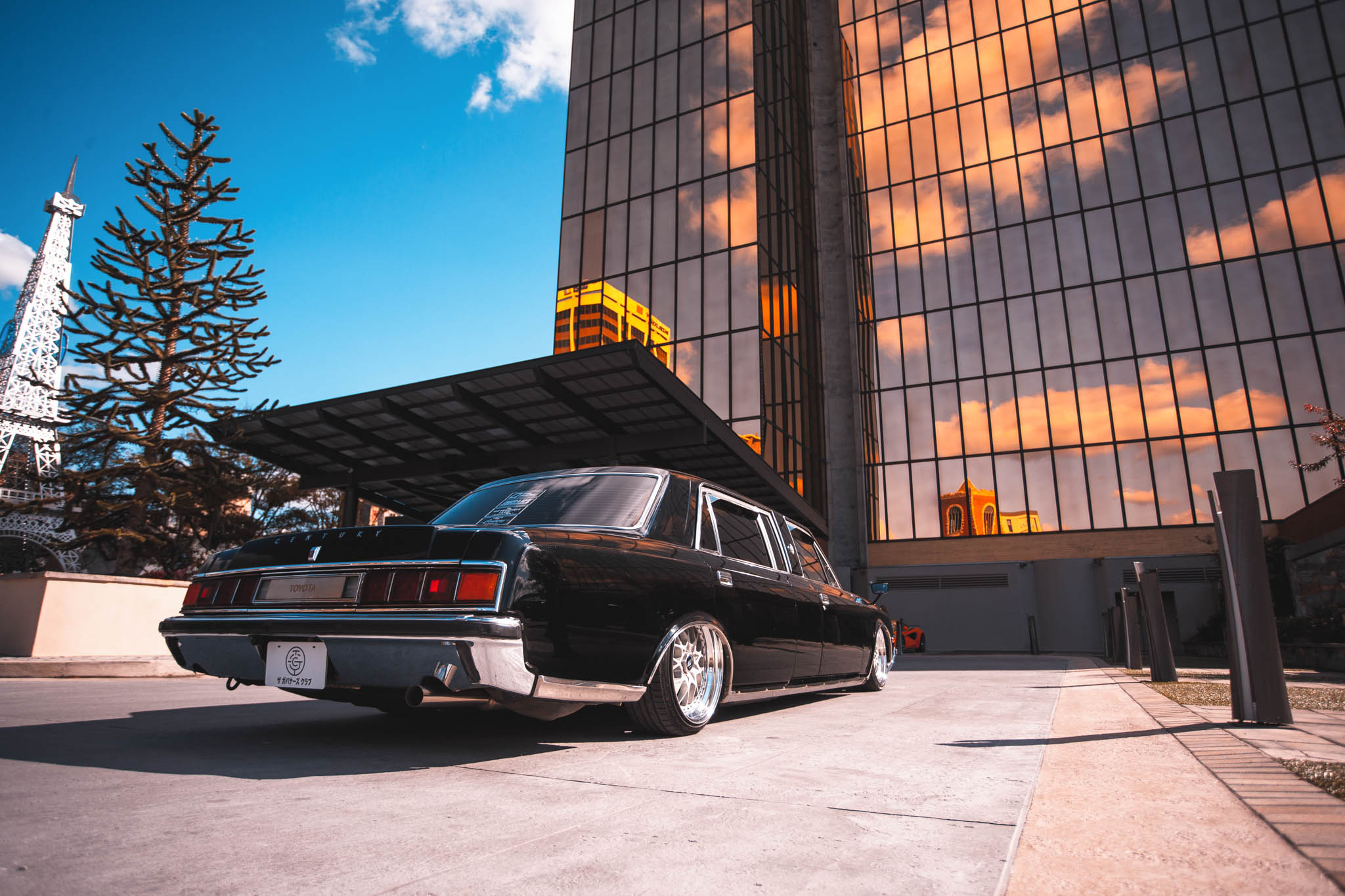

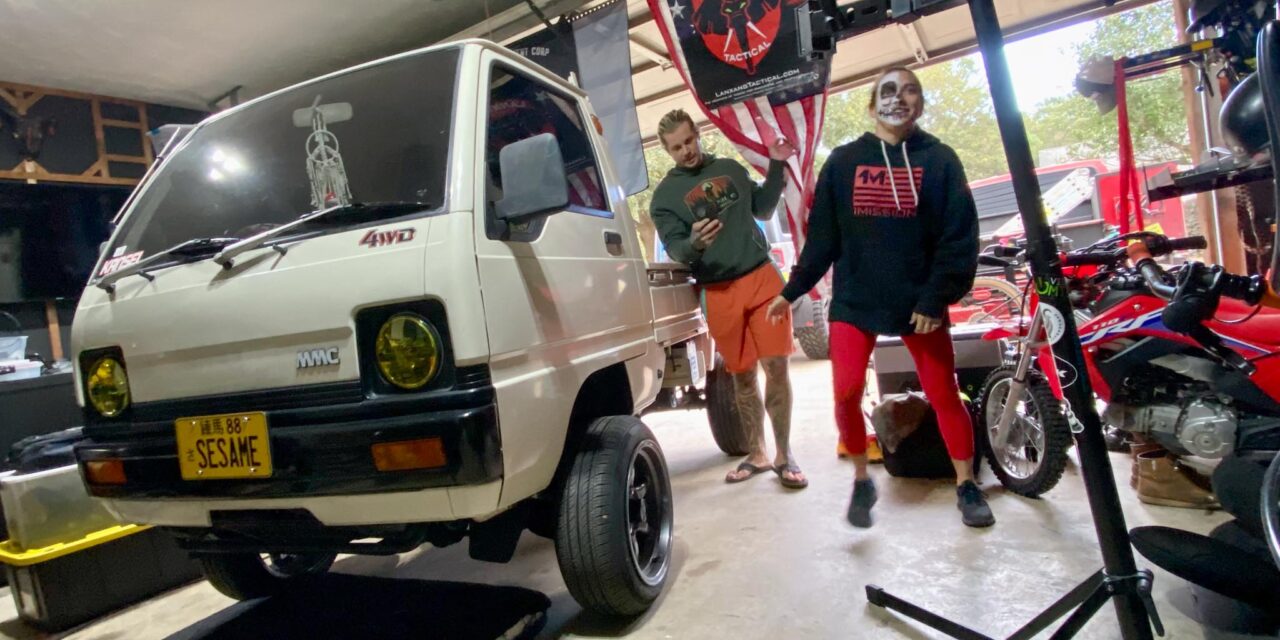





Good morning David
Off topic but I collect first and last issues of car magazines, I have over 250 first issues – who knew there were so many. Anyway there was a David Windsor listed as a contributor to GTi magazine back in 1991-1992 is that you ? I have the January 92 issue which was no. 6 and the August 91 issue which I thought would be the first but is in fact the second. I’ve seen none later than the Jan 92. If it was you, can you shed any more light on the magazine
many thanks
Graham
Hey Graham, unfortunately that was not me. I was only 3-4 years old when those issues were out haha
Разработка ППРК с прицелом на безопасность и эффективность крановых работ
ппр на работу автокрана [url=pprk-msk.ru]pprk-msk.ru[/url] .